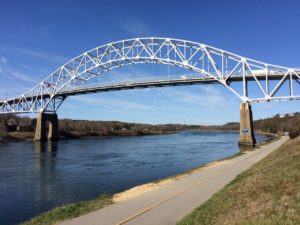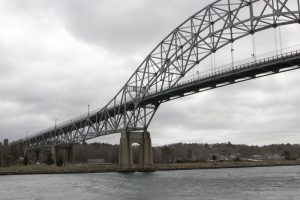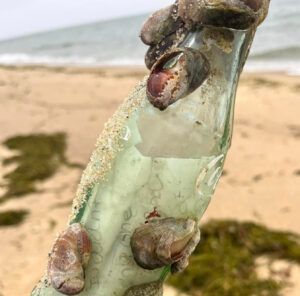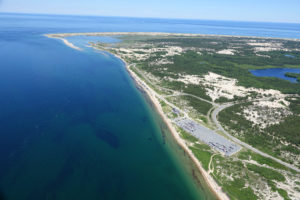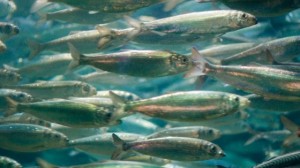 WOODS HOLE – Many Cape Codders are familiar with alewives and blueback herring, the small silvery fish which migrate from far off oceanic territories to swim up into our brackish rivers to spawn.
WOODS HOLE – Many Cape Codders are familiar with alewives and blueback herring, the small silvery fish which migrate from far off oceanic territories to swim up into our brackish rivers to spawn.
But in the late 1960s, herring populations declined sharply as commercial fishing fleets became more efficient.
Now that herring fishing is restricted, herring populations are not declining, but scientists have observed that their numbers never truly recovered.
According to Woods Hole Oceanographic Institution biologist Joel Llopiz, little research has been conducted on what exactly happens to young herring while they are in New England waters, before heading back out to sea.
A study on that topic is in the works which collects larval herring in four coastal river/pond systems in Massachusetts, varying in level of pollution, urban development and agriculture.
The keys to the research are tiny calcium carbonate stone that grow in the fishs’ heads. These act like a growth record of the individual; each has rings which can measure roughly to one ring per day of the fishs’ life.
Measuring the rings will give scientists an idea of how fast they are growing under certain conditions.






